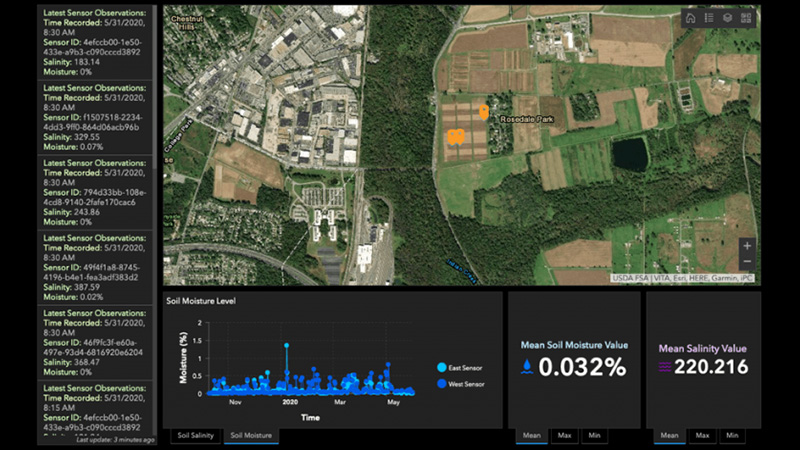The Changing Fertility Of North American Soils
The fertility of soil … now there is a topic that will get you a lot of peace and quiet in a social setting. Unless you grow crops for a living or service those that do, this never gets on your Facebook wall or included in a web search. Yet, if our history classes gave this topic the attention it deserved, people might realize that the fall of numerous civilizations was tied to their inability to feed themselves which was in turn tied to the depletion of essential plant nutrients from their soils. I guess I am just whining a bit about the lack of National Public Radio or CNN interest in such topics. It should be national news because it relates to the condition of agriculture’s most critical non-human natural resource, its soil. But alas, you’d best read about it here or on our Website, http://info.ipni.net/soiltestsummary rather than wait for it to show up on Science Friday.
This was the first North American wide soil test summary since 2005 and included results from 63 cooperating private and public laboratories on 4.4 million soil samples collected to help guide nutrient management for the 2010 crop. That is 1 million more samples than were included in the 2005 summary and likely reflects one of the highest growth rates in soil testing ever experienced in North America. This 4R stewardship practice appears to be on the grow and it’s a good thing since the summary results show that soil fertility levels are extremely variable and that they are indeed changing.
A Look At The Results
The following is a nutrient by nutrient summary of the major findings of the International Plant Nutrition Institute 2010 soil test summary:
Phosphorus (P). The median P level for NA of 25 ppm indicates a 6 ppm decline from 2005. The region of most consistent P declines was the Corn Belt, which also experienced a decline of 6 ppm to a 2010 median level of 22. This decline has major agronomic significance since a high percentage of samples from this region now test below critical levels and call for annual P fertilization to avoid yield reductions. Soil P declines across the Corn Belt were correlated with state P balances (fertilizer applied plus recoverable manure minus crop harvest removal) which were negative for the five-year period for 10 of the 12 states. No change in soil P was indicated where P application and P removal were in balance. This is evidence that much of the measured decline in soil P levels is due to the cumulative effects of crop removal exceeding P use across this region. The Northeast continues to have some of the highest soil P levels in NA, usually associated with intensive livestock or vegetable production.
Potassium (K). The median K level for NA declined 4 ppm, an amount numerically similar to the P decline — but at a median level of 150 ppm, the decline has much less agronomic significance. However, the current median is very close to what many recommendation systems consider to be an agronomic critical level for crop response. The western Corn Belt and much of the Great Plains and Northeast experienced significant soil K declines. Some of the apparent soil K changes are very likely due to factors other than nutrient management, such as weather patterns that can influence the equilibrium between soil test extractable and non-extractable forms of K.
Sulfur (S). The summary shows an increase in frequency of soils testing low in S, with 13% testing in the lowest category of <3 ppm calcium phosphate equivalent S compared to only 4% in 2005. This is consistent with reports of increasing S deficiency in crops. Some of the highest frequencies of low S occurred in the western Corn Belt and central Great Plains.
Zinc (Zn). With 37% of samples testing less than 1 ppm DTPA equivalent Zn, and 16% less than 0.5 ppm Zn, many soils in NA should be responsive to Zn fertilization. In some states, such as Kansas or Oklahoma, more the 70% tested less than 1 ppm.
Data on magnesium, chloride and pH are also available in the summary bulletin.
These recent evaluations of soil fertility trends and nutrient balance indicate that nutrient relationships on the farms of North America are changing, and one can infer that they need to continue to change with the direction needed being farm and field dependent. 4R nutrient stewardship offers a useful framework to guide those changes towards more sustainable systems and to opportunities for the industry. The 2010 soil test summary clearly shows that recent and accurate soil testing is a critically important 4R management practice.






